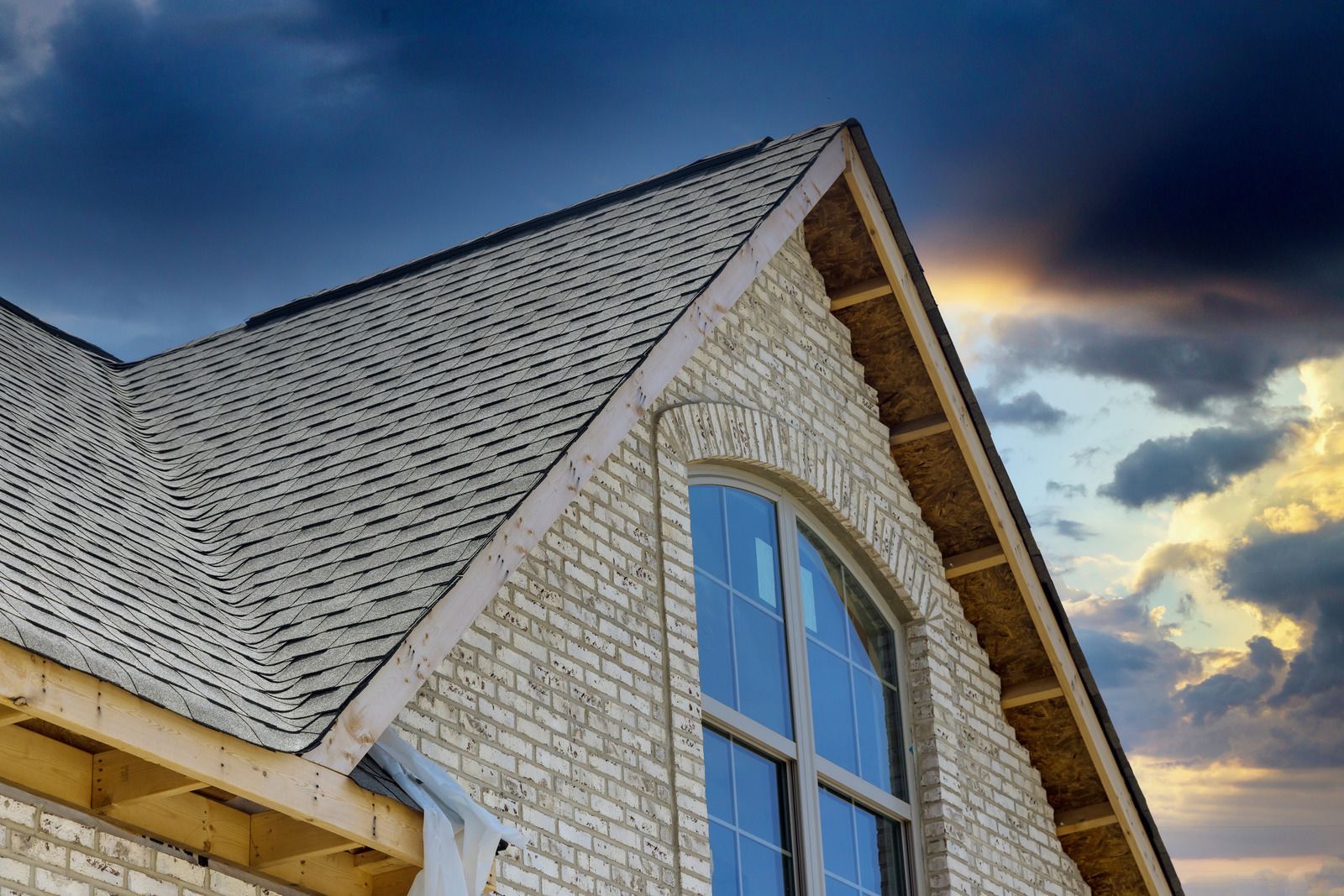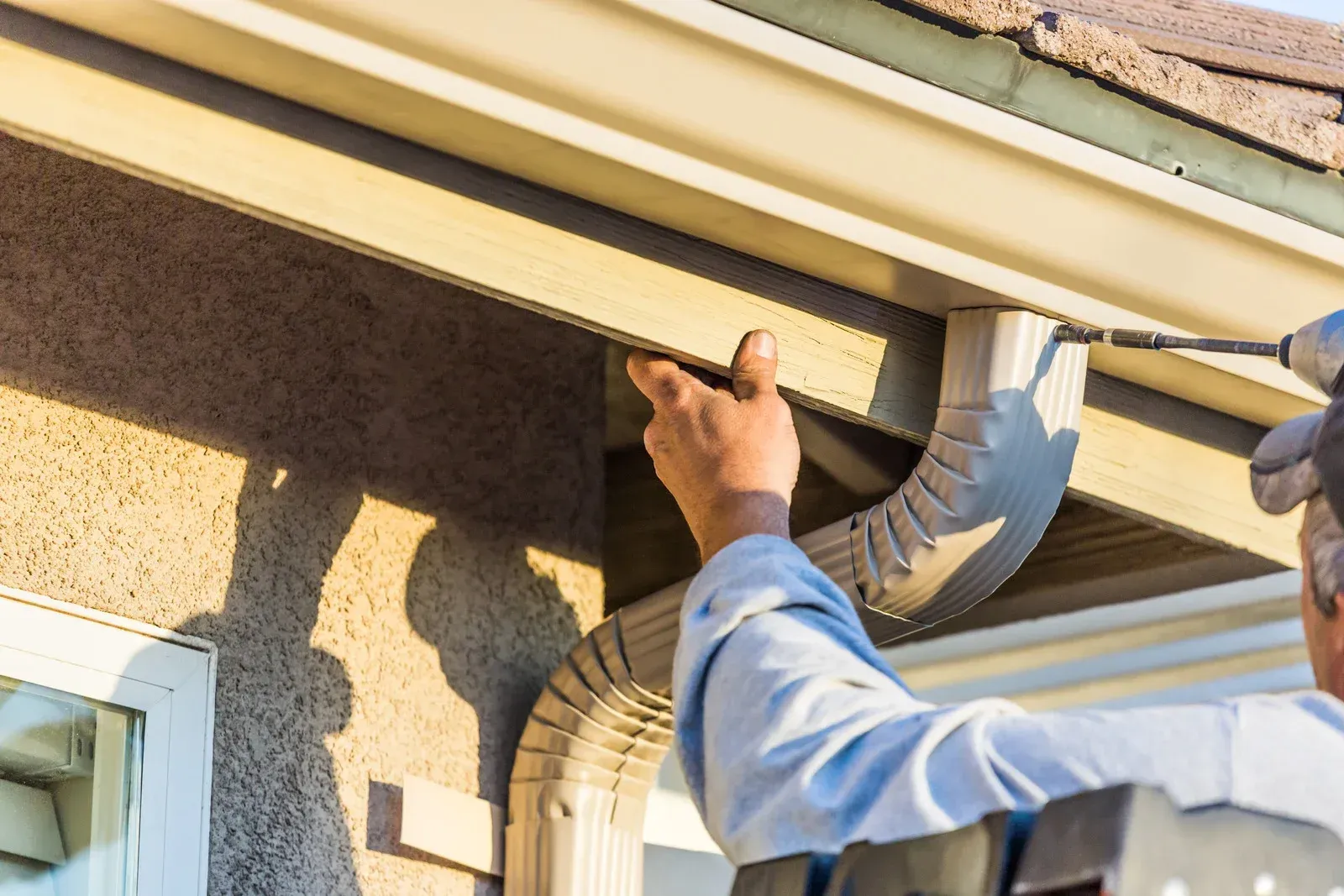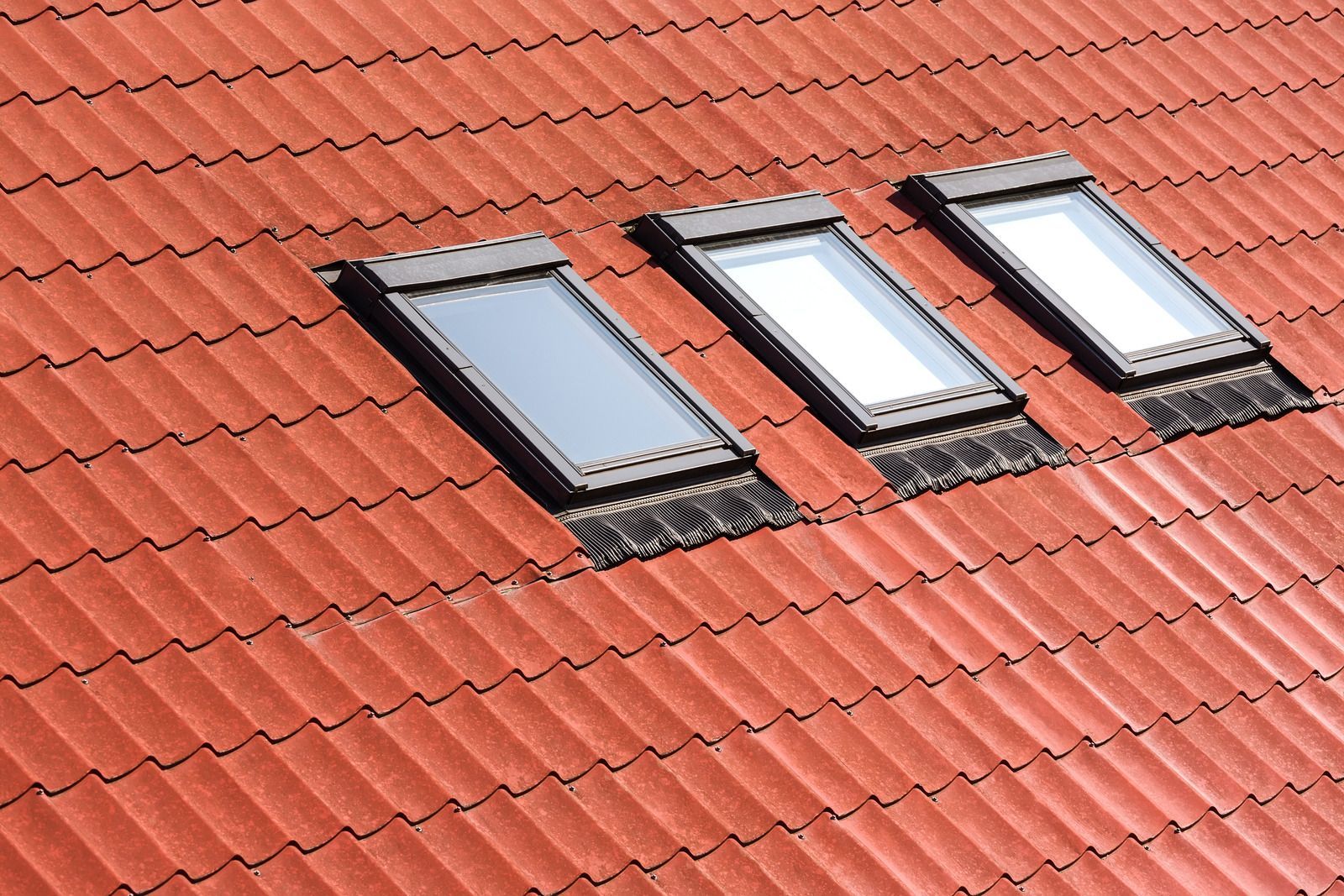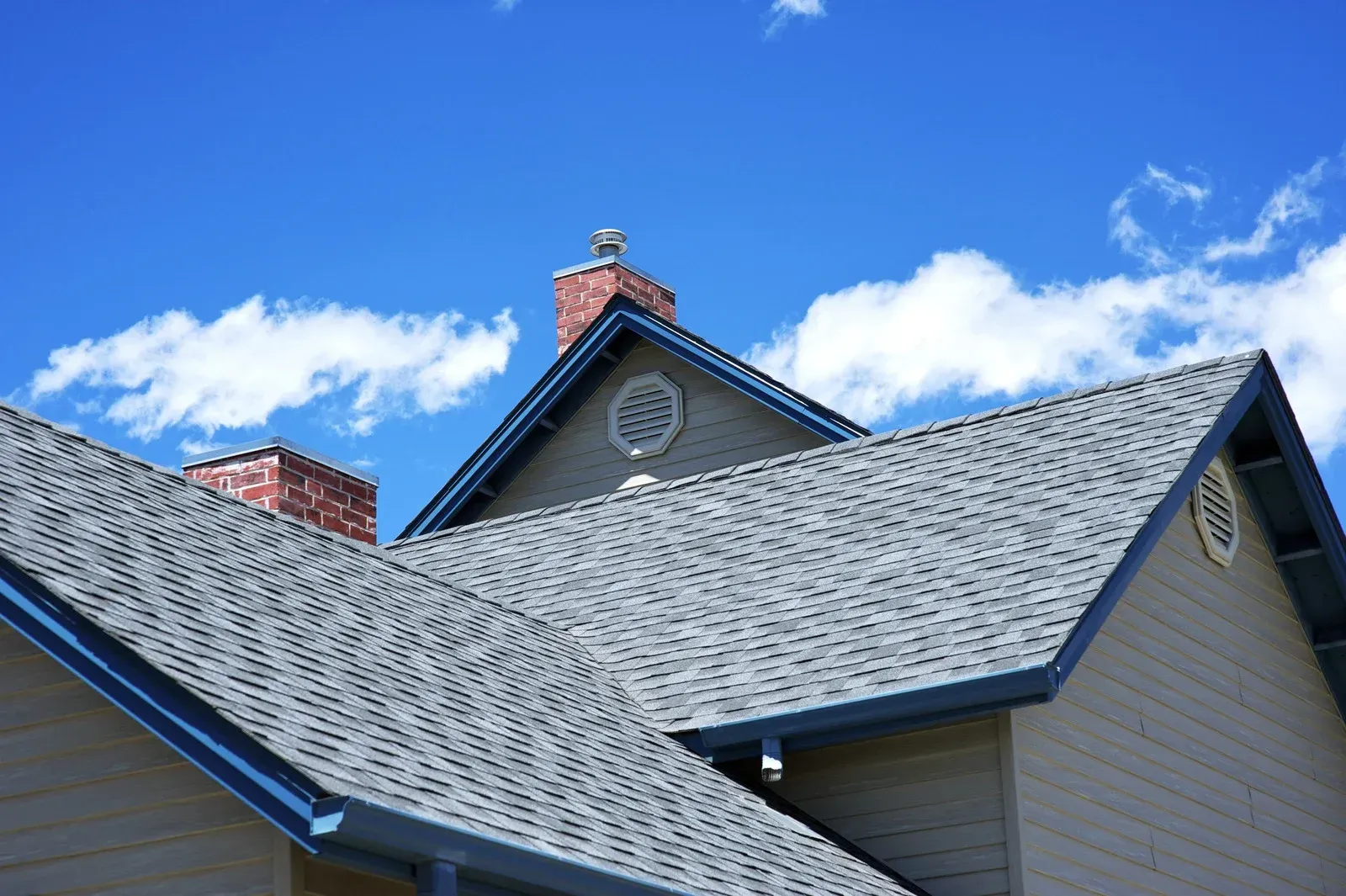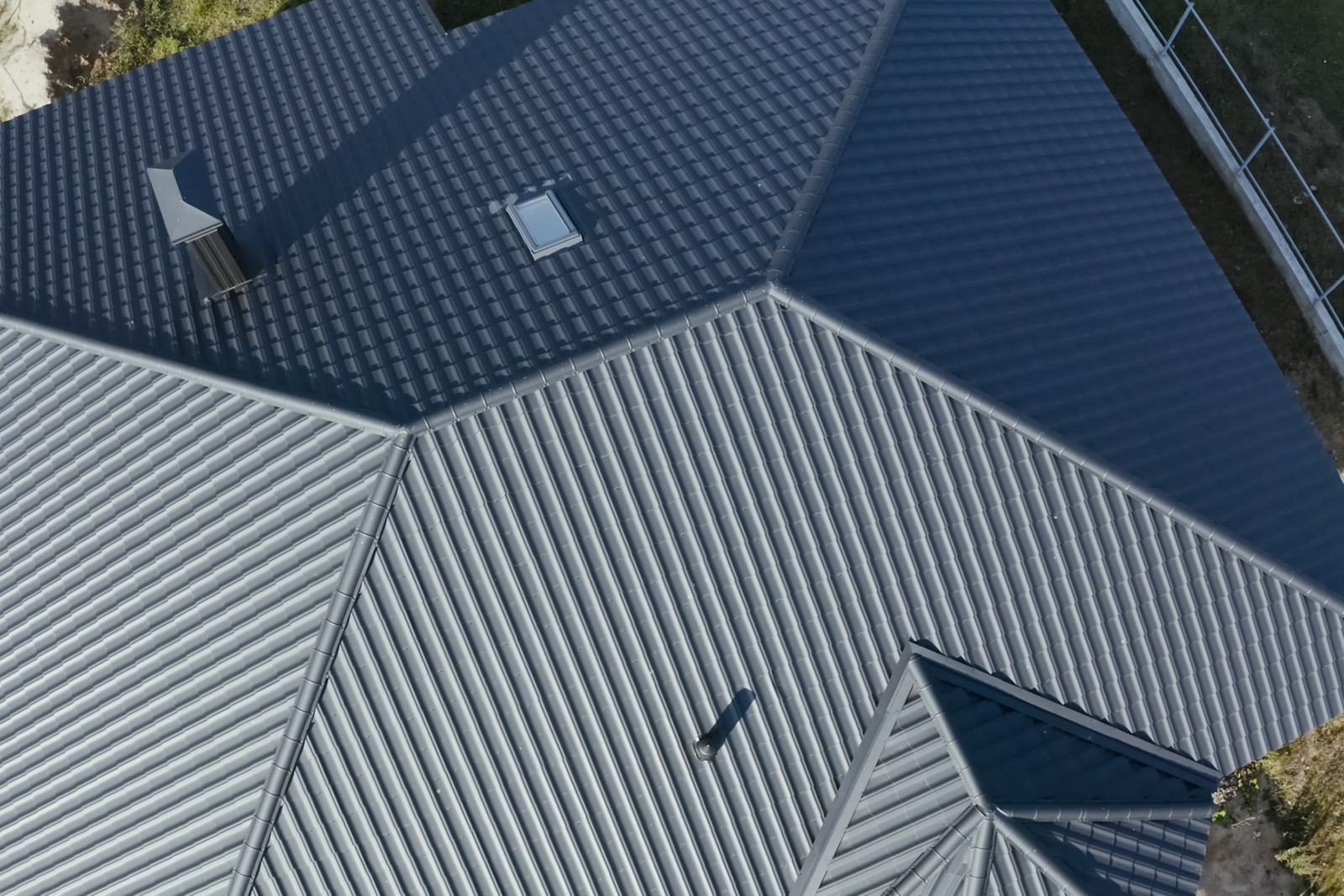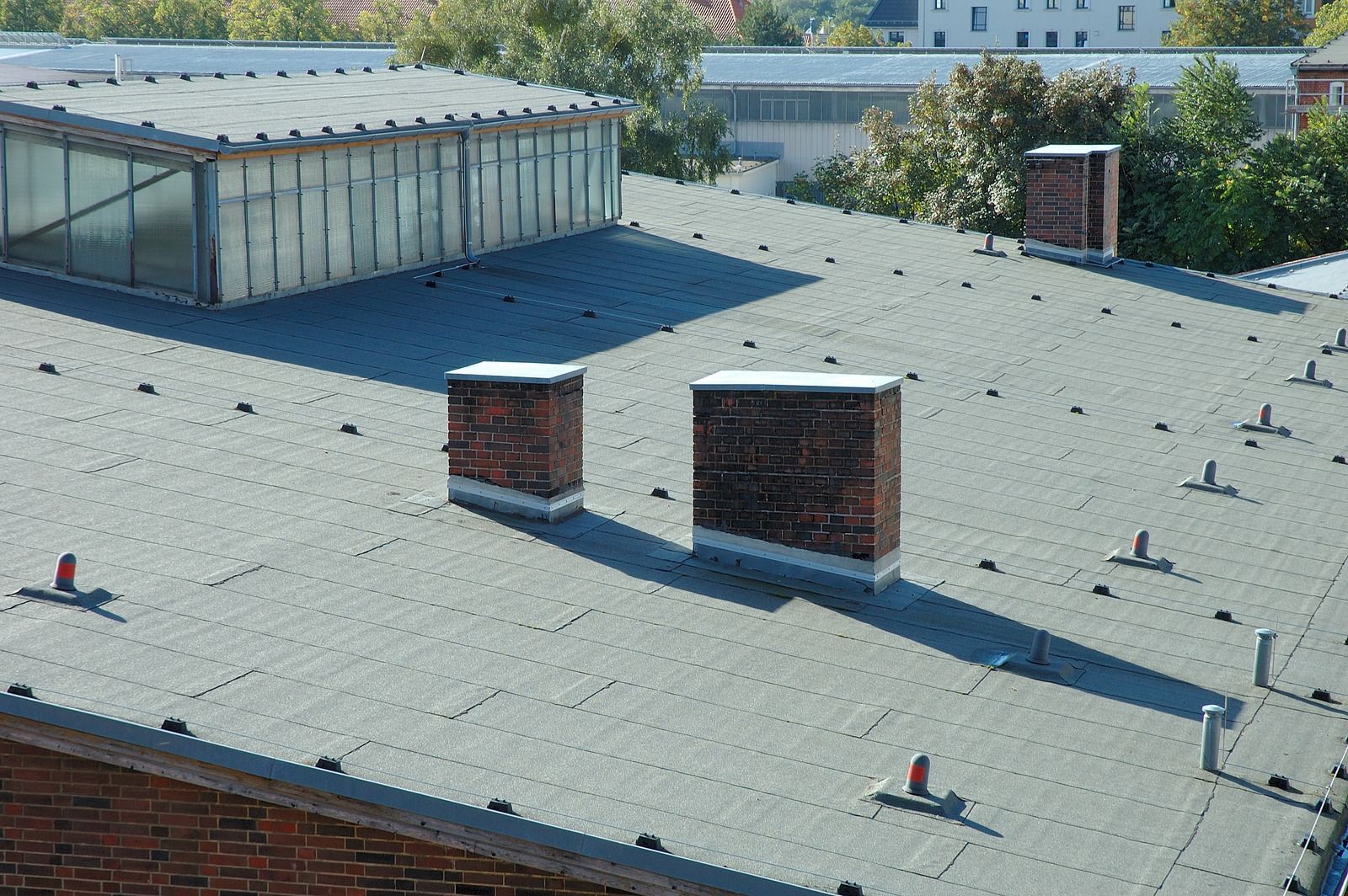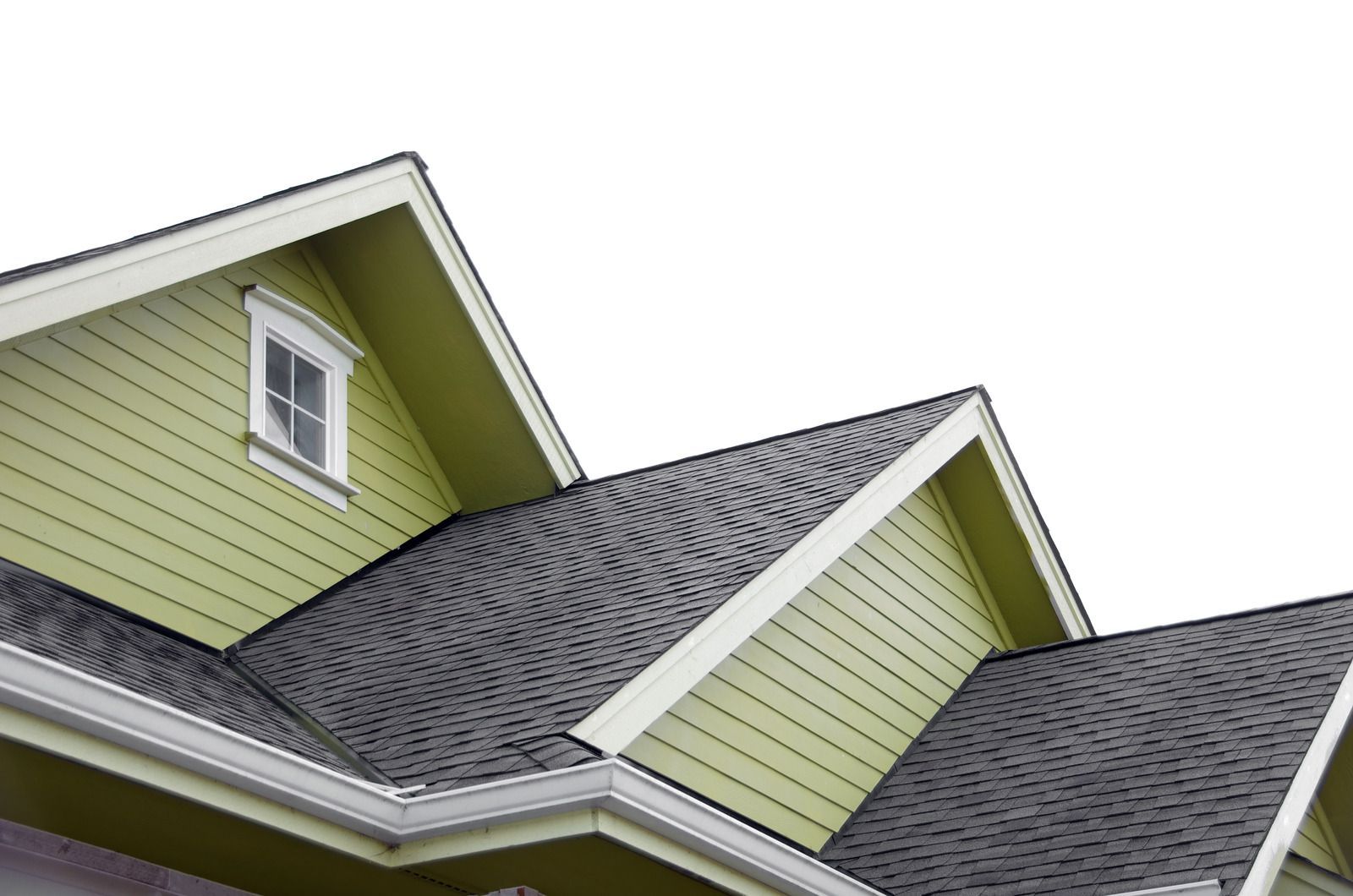What Are Roof Shingles, and How Do They Work?
Your roof is the shield protecting your home from the elements. But what exactly makes up that shield? Roof shingles are the individual overlapping tiles that form the outermost layer of your roof. They come in a variety of materials and are crucial for keeping your home dry and safe.
Understanding Shingles
Roof shingles are not created equal. They come in various materials, each with its own advantages and disadvantages:
- Asphalt Shingles: The most popular and affordable option. Asphalt shingles are composed of fiberglass or felt mats saturated with asphalt and topped with mineral granules for color and protection.
- Metal Shingles: Known for their durability and longevity. Metal shingles can be made from steel, aluminum, or copper and offer excellent fire resistance.
- Slate Shingles: A luxurious and long-lasting choice. Slate shingles are natural stone tiles that are incredibly strong and weather-resistant. However, they are also the most expensive option.
- Wood Shingles: Offer a classic aesthetic but require more maintenance. Wood shingles are susceptible to rot and insect damage and may not be suitable for all climates.
- Concrete Tiles: Provide a sturdy and fire-resistant option. Concrete tiles are heavy and require a strong roof structure to support them.
The Shingle Layering System
Shingles are not simply placed haphazardly on your roof. They are installed in a specific overlapping pattern to create a waterproof barrier. Here's a breakdown of the system:
- Roof Deck: The foundation of your roof, typically made of plywood or oriented strand board.
- Underlayment: A water-resistant barrier placed directly on the roof deck. It provides an extra layer of protection against water infiltration.
- Shingle Starter Strip: The first row of shingles is installed along the bottom edge of the roof.
- Shingle Courses: The main body of the roof, where shingles are laid in overlapping rows, starting from the bottom and working upwards. Each shingle overlaps the one below it, creating a watertight seal.
- Ridge Cap: The final layer of shingles installed at the roof's peak, covering the joint where the two roof slopes meet.
How Shingles Work
The overlapping design of shingles is key to their functionality. Raindrops hitting the roof slide down the smooth surface of the shingles and are directed away from the underlying structure. The overlapping design bridges the gaps between the shingles, preventing water from seeping through. Additionally, the asphalt coating in asphalt shingles acts as a waterproofing layer, further ensuring your home stays dry.
Choosing the Right Shingles for Your Roof
The type of shingle you choose for your roof depends on several factors, including your budget, climate, desired aesthetics, and roof pitch. Consider consulting a professional roofer to assess your needs and recommend the best shingle option for your home.
By understanding the different types of shingles and how they work, you can make informed decisions about protecting your roof, your home's vital shield.


